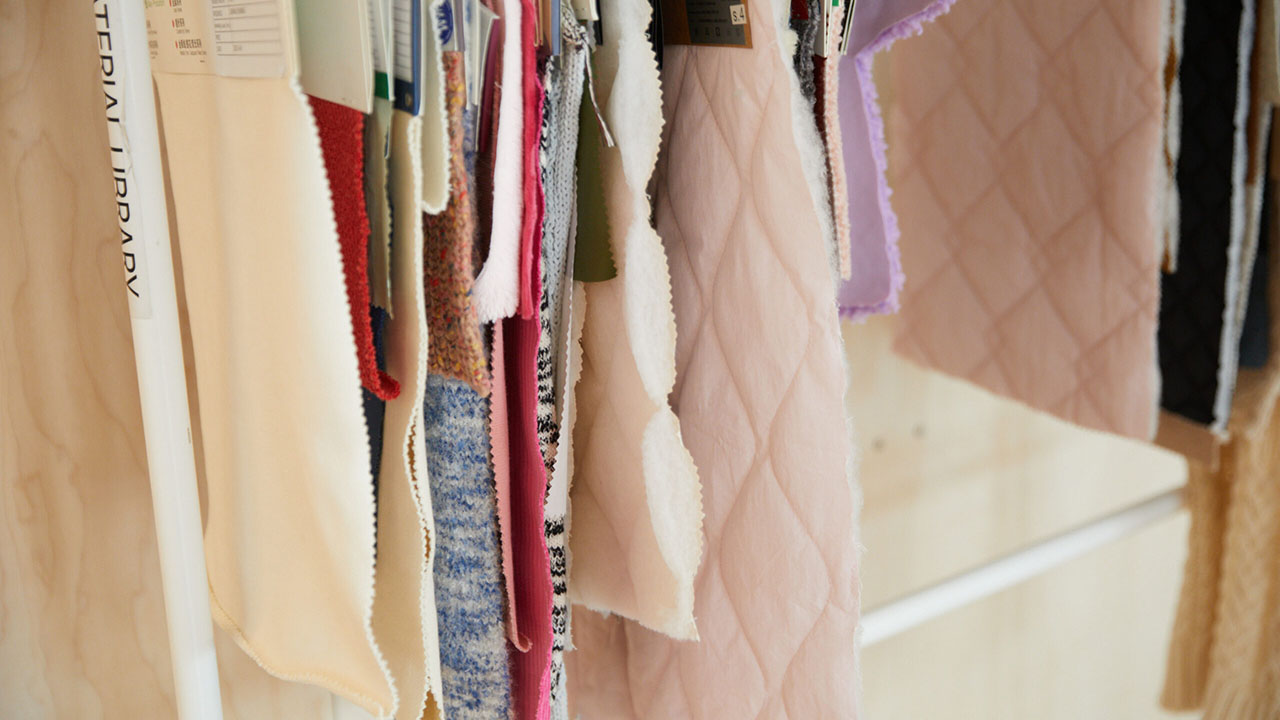Garment collecting: from throwaway to here to stay
When the time comes to part with a piece of clothing, what could be more climate-conscious than passing it on for re-use or recycling? Here’s how we help our customers dispose of their cast-offs in a responsible way — because sending them to landfill is not an option…
It’s time to bite the bullet and get rid of that threadbare sweater, that ripped old robe, and the jeans that are way too tattered and torn. Not only that… You’ve had a nasty niggling feeling inside for a while: you haven’t worn that “amazing” outfit for six months, so the chances are you never will… But now you’re all set to get rid of the guilt, pass on your glad rags and cleanse that closet. But how to do so with a clear conscience?
The trouble is, disposing of your unwanted garments in a responsible way can be tricky… Who’s to say that – even if you donate your clothes to charity in favour of the bin (behaviour that has long been banned) – they won’t end up in landfill, taking years, sometimes centuries to decompose, and emitting dangerous climate-changing gases in the process?
To us, landfill is not an option. So when you drop off your cast-offs and unwanted textiles at one of our stores – whatever the brand, whatever their condition – rest assured, they will not be wasted. They will be given new life. Yes, yes… the discoloured T-shirt, the laddered leggings, and the “fabulous” frock that sadly doesn’t fit can be reborn!
In 2018, H&M Group collected over 20,649 tonnes of customers’ unwanted old clothes and textiles – not bad given that in 2016, we set a goal for 25,000 tonnes to be collected annually by 2020. We started collecting unwanted textiles in H&M stores in 2012 in Switzerland, rolling out the initiative globally in 2013. All & Other Stories and Monki stores as well as certain Weekday outlets now offer the service too. Even beauty product containers are recycled by & Other Stories, while Afound collect shoes as well as clothing. Customers are rewarded for such sustainable behaviour with 10 per cent off their next purchase — an added incentive to keep up the good work.
I:CO (short for I:Collect) runs our garment-collecting scheme, sorting all used textiles and shoes into three categories in accordance with the EU waste hierarchy:
1.Rewear – wearable garments are marketed as second-hand clothing.
2.Reuse – old clothes and textiles are turned into other products.
3.Recycle – the remaining textiles are shredded and turned into other materials.
At the moment, 50-60 per cent of the textiles we collect are sorted for re-wear or reuse. Some are even used to create new products for our different brands’ regular and special collections. Meanwhile about 35-45 per cent of the textiles are recycled; some are shredded and turned into cleaning and painters’ drop clothes or insulation materials, for example, while others are used to make new fibres. Even the dust created during the shredding process is kept and used to make felt board.
The remaining 3-7 per cent of textiles that can’t be reused or recycled are used as combustible waste for energy production.
At H&M Group we’re working hard to increase the number of our products that are reused or recycled. We run renewal projects, turning old clothes into new fashion favourites through reprinting, repurposing and remaking.
Even though only a small proportion of these recycled textiles is currently turned into new fibres and yarns for use in our closed loop collections, we’re determined to improve the situation dramatically, and reuse and recycle all types of fibres in due course. How? Through innovation and investment in new recycling technology.
And as this technology becomes more widely available, we will be able to create more products from the post-consumer waste we collect. Remember, our goal to use only 100 per cent recycled or other sustainably-sourced materials by 2030. And through innovation, we plan to achieve full circularity.




